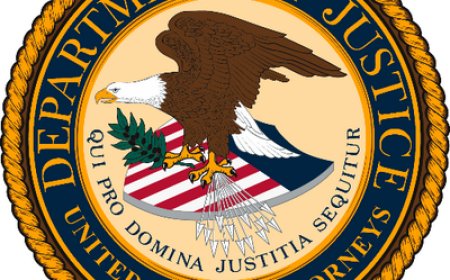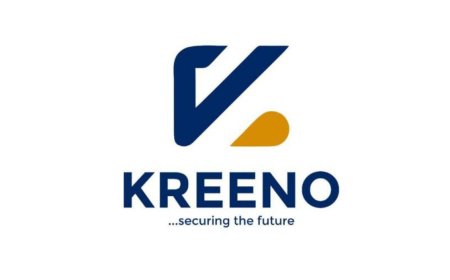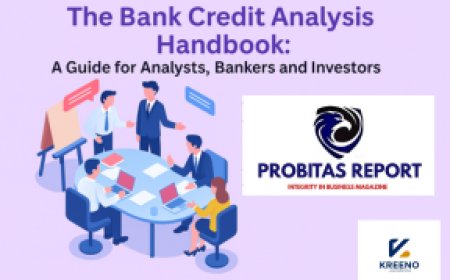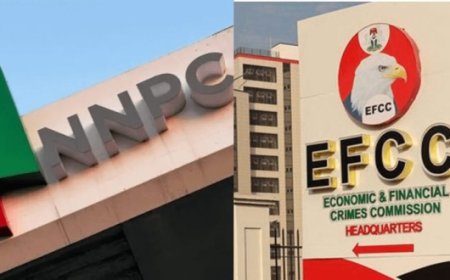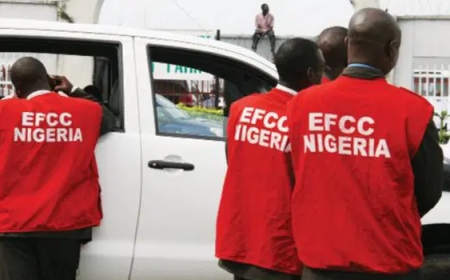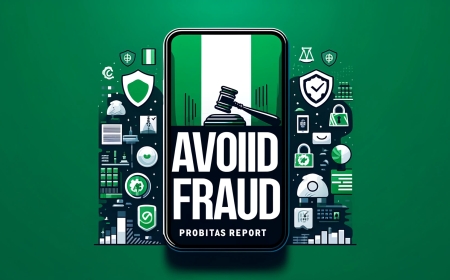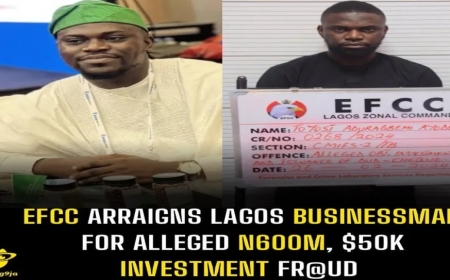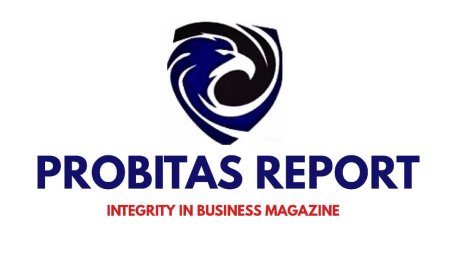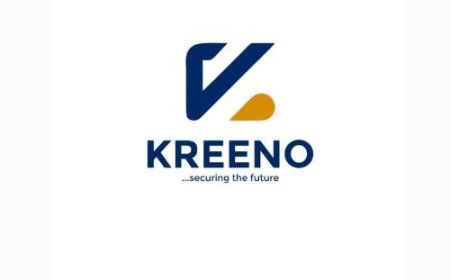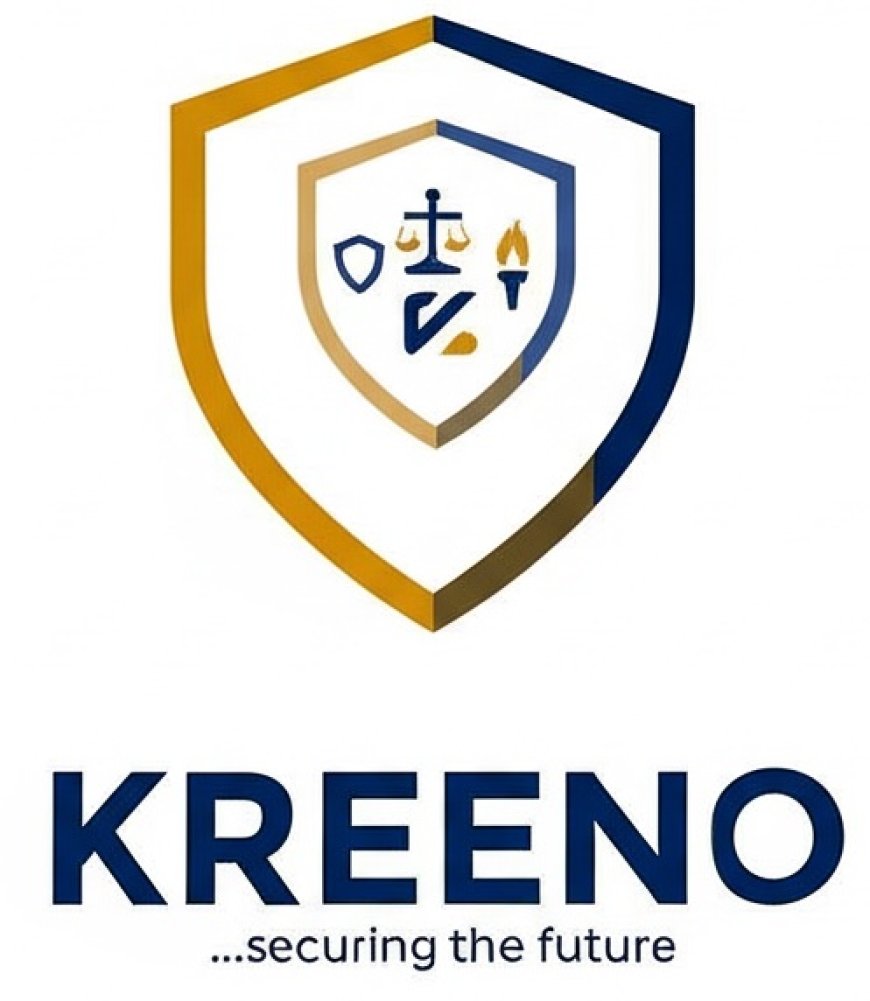10 Essential Fraud Prevention Tips for Businesses | Lessons from the "Arch Deceiver" Case | Probitas Report
Protect your business from sophisticated scams. Learn 10 critical fraud prevention strategies – including identity verification, document scrutiny & red flag awareness – based on Probitas Report's investigation into the "Arch Deceiver" case. Essential due diligence advice.
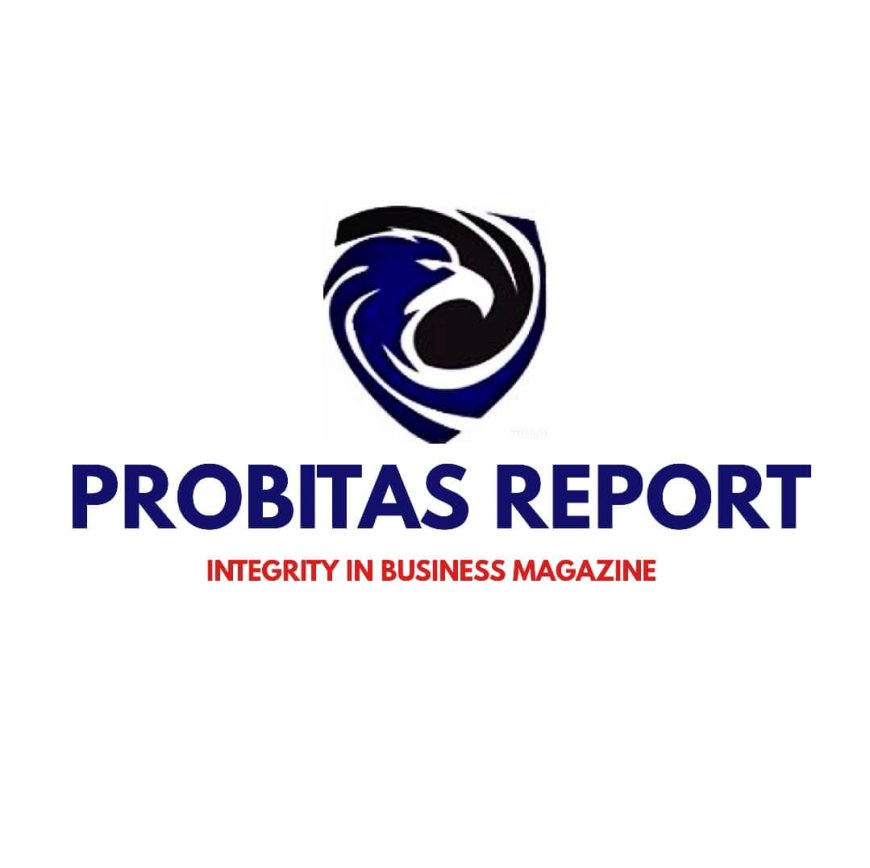
Advice Based on the Probitas Report Case Study: The Arch Deceiver
The cautionary narrative presented in the Probitas Report, which delineates the multifaceted deception strategies employed by the "Arch Deceiver," serves as a compelling case study for developing a rigorous framework to safeguard businesses and individuals from sophisticated fraud. Below is an elaborated, doctoral-level refinement of the ten key pieces of advice, grounded in advanced risk management, forensic analysis, and behavioral economics principles. These recommendations are designed to fortify defenses against the intricate manipulations witnessed in the report, emphasizing empirical rigor, interdisciplinary collaboration, and strategic foresight.
1. Verify Identities with Forensic Precision
-
Beyond Surface Validation: Traditional identity verification (e.g., business cards, email signatures, self-reported titles such as "Ambassador," "Prince," "Pastor'' 'Iman" or "CEO") is insufficient against crafted personas. Employ a multi-layered approach integrating biometric authentication, digital footprint analysis, and cross-referenced public records.
-
Direct Institutional Corroboration: Utilize primary source verification by contacting entities (e.g., government agencies, international organizations, or prestigious financial institutions) via independently sourced, official contact details. This mitigates the risk of spoofed communications. Implement a protocol to assess the legitimacy of titles, affiliations, and operational scopes, considering jurisdictional nuances and hierarchical structures.
-
Behavioral Red Flags: Train personnel to detect micro-expressions or linguistic inconsistencies indicative of deception, leveraging psychological profiling techniques.
2. Scrutinize Documentation with Expert Analysis
-
Demand Primary Artifacts: Insist on original documents (passports, bank guarantees, letters of credit, corporate registrations, audited financials, powers of attorney) to preclude digital manipulation. High-resolution scans can obscure tampering; thus, physical inspection under controlled conditions is advisable.
-
Forensic and Legal Expertise: Engage certified forensic document examiners and international legal specialists to evaluate authenticity. Assess security features (e.g., holograms, UV-reactive inks, microtext) and cross-check document metadata (e.g., issuance dates, serial numbers) with issuing authorities. Employ statistical anomaly detection to identify irregularities in formatting or content coherence.
-
Continuous Validation: Establish a dynamic verification process, updating checks against evolving forgery techniques and regulatory standards.
3. Counter Urgency and Pressure Tactics with Deliberation
-
Identify Manipulation Patterns: Recognize psychological pressure tactics—demands for immediate funds, procedural shortcuts, secrecy mandates, or artificial deadlines (e.g., "exclusive opportunity expiring today")—as hallmarks of coercive fraud. These align with the Arch Deceiver’s use of temporal manipulation.
-
Institutional Timeframes: Legitimate counterparts adhere to due diligence timelines, reflecting transparency and accountability. Develop a standardized escalation protocol to delay decisions under pressure, allowing for independent review by compliance officers or external auditors.
-
Cognitive Bias Mitigation: Train stakeholders in decision-making under stress, using scenario-based simulations to counteract urgency-induced cognitive biases like the scarcity heuristic.
4. Conduct Independent Background Investigations
-
Skepticism Toward Self-Reporting: Counterparty-provided data (resumes, references, corporate histories) is inherently suspect, often involving collusive endorsements. Apply a null hypothesis approach, assuming all self-reported information is fabricated until empirically validated.
-
Professional Due Diligence: Commission specialized firms with jurisdiction-specific expertise to conduct comprehensive background checks, encompassing litigation histories, regulatory penalties, insolvency records, and reputational audits. Utilize open-source intelligence (OSINT) and proprietary databases for cross-validation.
-
Risk-Weighted Scoring: Develop a quantitative risk assessment model to prioritize investigation depth based on transaction size, counterparty location, and industry risk profiles.
More News:
- Kreeno Consortium Nigeria's Trusted Leader In Debt Recovery And Private Investigation
-
Celebrating The Birthday Of The King Of Debt Recovery In Nigeria 2024
- CP Rose Chollom Dung Assumes Office as 32nd Commissioner of Police, Special Fraud Unit,
-
Rape In Nigeria Law: Penalties, Legal Complexities Explained
-
Tribute To A Super woman Mrs Mary Nkaru Iheukwumere: A Legacy Of Love, Strength And Grace
5. Dissect Overly Complex Schemes with Analytical Rigor
-
Deconstruct Financial Structures: Scrutinize deals involving convoluted instruments (e.g., layered offshore entities, opaque fee schedules, guaranteed high returns) using financial modeling to expose hidden liabilities or illusory assets. The Arch Deceiver’s use of complexity mirrors this tactic.
-
Advocate Simplicity: Favor transactions with transparent cash flows, identifiable counterparties, and verifiable assets. Engage quantitative analysts to simulate deal outcomes, rejecting those lacking clarity after iterative explanation.
-
Regulatory Alignment: Cross-reference proposed structures with anti-money laundering (AML) and tax compliance frameworks to detect illicit intent.
6. Trust and Act on Instinctual Red Flags with Empirical Support
-
Leverage Subconscious Cues: Acknowledge intuitive discomfort—e.g., narrative inconsistencies, evasive responses, ostentatious wealth displays, or reluctance for in-person meetings—as potential indicators. These align with behavioral markers of deceit identified in forensic psychology.
-
Structured Investigation: Formalize a red flag response protocol, documenting specific concerns (e.g., timestamped observations) and triggering targeted audits. Consult interdisciplinary teams (legal, psychological, financial) to validate instincts with data.
-
Iterative Validation: Implement a feedback loop to refine instinct-based triggers, enhancing predictive accuracy over time.

7. Maintain Impeccably Detailed Records for Forensic Accountability
-
Comprehensive Archiving: Establish a centralized, tamper-proof repository for all transactional artifacts—emails, meeting minutes (with metadata), call logs, SMS, draft documents, signed agreements, and payment records—using blockchain or secure cloud solutions.
-
Legal and Regulatory Utility: This audit trail supports internal audits, litigation defense, regulatory reporting, and criminal prosecutions. Adhere to retention policies aligned with jurisdictional statutes (e.g., 7–10 years).
-
Redundancy and Security: Employ encrypted backups and access controls to ensure data integrity against loss or unauthorized alteration.
8. Report Suspicions Promptly to Authorities with Strategic Coordination
-
Timely Disclosure: Immediate reporting of suspected fraud preserves evidence and prevents further victimization. Delay enables asset dissipation or evidence destruction, as seen in the Arch Deceiver case.
-
Jurisdictional Navigation: Identify and engage appropriate agencies (e.g., local fraud units, Interpol, SEC, FCA) based on the fraud’s scope and location. Coordinate with legal counsel to optimize reporting efficacy.
-
Evidence Submission: Provide a structured dossier, leveraging your detailed records, to facilitate swift investigative action.
9. Seek Experienced Legal Counsel as a Proactive Shield
-
Early Engagement: Integrate legal experts with specialties in international finance, fraud prevention, and relevant jurisdictions from the outset. This preemptive measure aligns with the Arch Deceiver’s exploitation of legal naivety.
-
Risk Mitigation: Counsel can draft watertight contracts, conduct legal due diligence, ensure compliance with AML/KYC regulations, and devise exit strategies, reducing exposure to undetected risks.
-
Continuous Advisory Role: Retain counsel for ongoing deal monitoring, adapting strategies to emerging threats or regulatory shifts.

10. Persist Relentlessly for Justice with Strategic Resilience
-
Collaborative Effort: As a victim, offer exhaustive cooperation to law enforcement, providing all evidence and testimony. This strengthens prosecution and deters future fraud, as evidenced by the Arch Deceiver’s multi-jurisdictional impact.
-
Long-Term Commitment: Anticipate a protracted justice process, potentially spanning years across courts. Leverage victim support networks and psychological resources to sustain resolve.
-
Outcome Optimization: Pursue asset recovery where feasible, using legal mechanisms like freezing orders, whilst contributing to broader fraud prevention through shared insights.
Scholarly Underpinnings
These recommendations are informed by the Probitas Report’s depiction of the Arch Deceiver’s tactics—blending psychological manipulation, document forgery, and jurisdictional arbitrage. They integrate principles from criminology (fraud detection), behavioral economics (decision biases), and information security (data integrity), offering a holistic defense strategy. The emphasis on independent verification, expert collaboration, and persistent justice reflects a doctoral-level approach to mitigating systemic vulnerabilities in financial ecosystems.
By Dr Kreeno for ProbitasReport
Kindly share this story:
Contact: report@probitasreport.com
Stay informed and ahead of the curve! Follow The ProbitasReport Online News Report on WhatsApp for real-time updates, breaking news, and exclusive content especially when it comes to integrity in business and financial fraud reporting. Don't miss any headline – and follow ProbitasReport on social media platforms @probitasreport
[©2025 ProbitasReport - All Rights Reserved. Reproduction or redistribution requires explicit permission.]
What's Your Reaction?


















